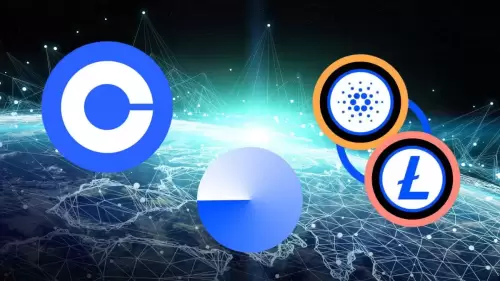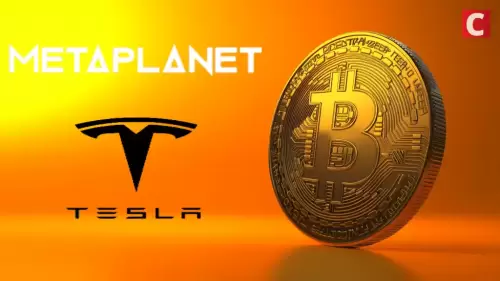Exploring the USDC landscape on XRP and Stellar, analyzing infrastructure, adoption metrics, and the broader implications for blockchain's future.

USDC on XRP vs. Stellar: Infrastructure, Adoption, and the Blockchain Battle
The race for blockchain dominance is heating up, particularly in the realm of stablecoins. With USDC making its way onto both XRP Ledger and Stellar, the debate rages on: which platform offers a more robust foundation for real-world adoption? Let's dive into the key talking points.
USDC on XRP: A Narrative or a Reality?
The recent launch of USDC on the XRP Ledger has sparked considerable buzz. Proponents tout it as a significant boost to on-chain liquidity. However, critics argue that it's more of a PR stunt than a genuine improvement, especially when compared to Stellar's existing infrastructure. One prominent voice, StellarExpert, even labeled USDC on XRP a 'trap,' suggesting that the real liquidity already resides on Stellar (XLM).
Stellar's Head Start: Trustlines and Real-World Usage
Stellar has supported native USDC since 2021, boasting over 1.5 million trustlines and a thriving ecosystem of wallets actively using the token. Stellar also powers payment rails for businesses across Africa, Asia, and Latin America. In contrast, XRP's RLUSD token has struggled to gain traction, with significantly fewer trustlines and limited usage. The StellarExpert thread emphasizes that Stellar's infrastructure is 'live and institution-ready,' citing features like Soroban smart contracts and tokenized asset support from major players like WisdomTree and Franklin Templeton.
Philippines Embraces Blockchain: A Case Study in Adoption
While the USDC debate unfolds, the Philippines emerges as a compelling case study in blockchain adoption. Bolstered by proactive regulatory measures and government support, the nation is rapidly becoming a blockchain innovation hub. The 'Philippine Blockchain Report 2025' highlights the country's commitment to fostering digital transformation and economic inclusion through blockchain technology.
Regulatory Frameworks and Government Initiatives
The Bangko Sentral ng Pilipinas (BSP), the central bank, has been instrumental in regulating virtual assets, recognizing digital currencies as valid payment methods and establishing frameworks for Virtual Asset Service Providers (VASPs). The BSP is also actively pursuing central bank digital currency (CBDC) initiatives. Government agencies are also integrating blockchain into public services, with initiatives like eGOVchain and Project Marissa demonstrating a commitment to transparency, security, and efficiency.
Challenges and Opportunities
Despite the progress, challenges remain in the Philippines, including a knowledge gap among the public and limitations in digital infrastructure. However, the concerted efforts of regulators, government agencies, and private organizations are paving the way for broader adoption and a more diversified range of blockchain use cases. With the Philippines leading the charge, the future of blockchain looks bright.
The Verdict? Follow the Trustlines
When evaluating blockchain viability, it's crucial to examine on-chain metrics, wallet adoption, and platform integrations. As StellarExpert aptly puts it, 'follow the trustlines' and focus on real usage. Whether it's Stellar's established infrastructure or the Philippines' ambitious adoption strategy, the key lies in building robust ecosystems that drive tangible value.
So, are you team XRP or team Stellar? Or maybe you're just excited to see where this blockchain showdown leads us. One thing's for sure: the future of digital finance is going to be wild!













































































